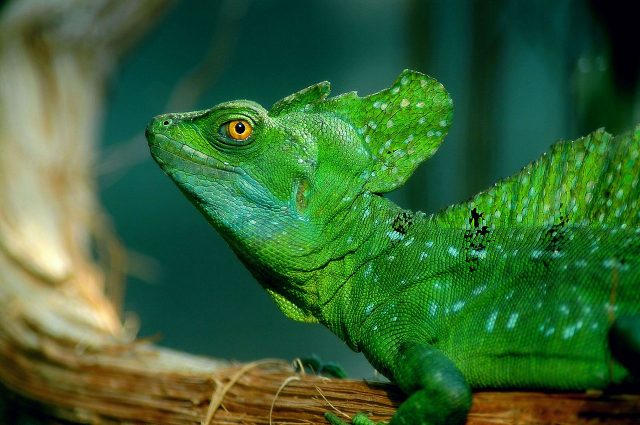Type the name of the breed you're looking for below
[wpdreams_ajaxsearchlite] Don't see the breed your're looking for? Click here and let us know!
Plumed Basilisk
| Place of Origin and Range | Its natural distribution ranges from eastern Honduras, through Nicaragua and Costa Rica, to western Panama. |
| Description | Plumed basilisks are bright green with small bluish spots along the dorsal ridge. Males have three crests: one on the head, one on their back, and one on the tail. The females, however, only have one crest, on the head. |
| Morph Patterns Available | Yes |
| Adult Size | Can grow up to 24 in (60cm) |
| Accommodation | Temperatures of 79 °F (26 °C) to 95 °F (35 °C) and must have appropriate sources of UVB and UVA lighting, or else their bodies cannot produce vitamin D that promotes calcium absorption, which can result in a metabolic bone disease that can be fatal. A large enclosure and access to fresh water. 6 f x 6 f x 30 inches. |
| Lifespan | Can live 13+ years |
| Feeding / Diet | Plumed Basilisks are omnivorous and eat insects, small mammals (such as rodents), smaller species of lizards, fruits and flowers. Their predators include birds of prey, opossums and snakes. |



